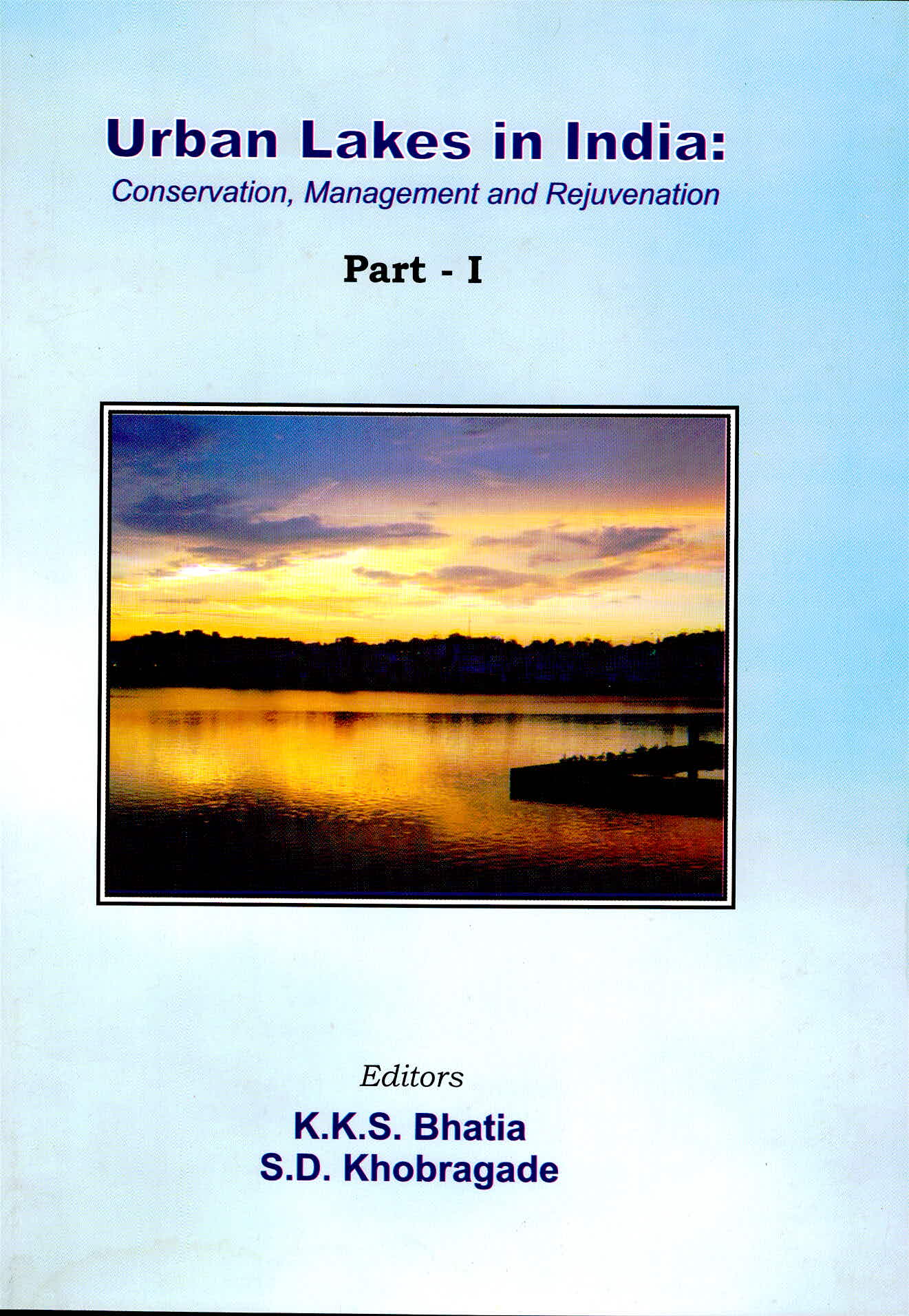DSpace Repository
21-National Seminar on Hydrological Aspects of Rejuvenation of Urban Lakes in India : Conservation, Management and Rejuvenation, 20-21 October 2005 at Maharana Pratap University of Agricultural and Technology, Udaipur (India). Part-I
- DSpace Home
- →
- Conference Proceedings
- →
- National Seminar/Workshop
- →
- 21-National Seminar on Hydrological Aspects of Rejuvenation of Urban Lakes in India : Conservation, Management and Rejuvenation, 20-21 October 2005 at Maharana Pratap University of Agricultural and Technology, Udaipur (India). Part-I
JavaScript is disabled for your browser. Some features of this site may not work without it.
21-National Seminar on Hydrological Aspects of Rejuvenation of Urban Lakes in India : Conservation, Management and Rejuvenation, 20-21 October 2005 at Maharana Pratap University of Agricultural and Technology, Udaipur (India). Part-I
Browse by

Recent Submissions
-
Foreword (National Institute of Hydrology, 2005)
-
(National Institute of Hydrology, 2005)
-
(National Institute of Hydrology, 2005)Wetlands are important habitats for birds and other forms of wildlife. About 37.90% of bird species found in Rajasthan are either dependant on wetlands or opportunistically exploit wetlands. An area less than 1% geographical ...
-
(National Institute of Hydrology, 2005)Osmansagar and Himayatsagar lakes are serving the drinking water needs of Hyderabad city. The lakes have been built around 1920's to cater the need of entire population of Hyderabad. Lakes are built on Musi and Musa ...
-
(National Institute of Hydrology, 2005)Artificial recharge mechanisms are resorted to when natural recharge is not sufficient for sustainable ground water levels. In urban areas, where open space is highly limited, temple tanks offer excellent scope for rainwater ...
-
(National Institute of Hydrology, 2005)The present paper is a part of dissertation work carried out during the period from January 2002 to 1st May 2002 and an attempt has been made to study the salient ecological aspects of the wetland. During the study 22 sp. ...
-
(National Institute of Hydrology, 2005)Lake water budget study in Mir-Alam Tank has covered hydrological, geohydrological, geophysical and water quality analyses, lake water quality, trophic status, groundwater flow and mass transport modeling studies in the ...
-
(National Institute of Hydrology, 2005)Stochastic modelling for rainfall has done using 100 years (1901-2000) data. The performed statistical tests indicated that the series of the monthly rainfall data was trend free, The periodic component of monthly rainfall ...
-
(National Institute of Hydrology, 2005)Sambhar Lake covers an area of about 90 km2 is the Largest Saline Playa Lake in India extending in SW-NE direction. The lake represents a closed drainage basin receiving the major sediment and water influx by the monsoonal ...
-
(National Institute of Hydrology, 2005)The process of aging of lakes is a serious problem in India because of eutrophication. Besides natural eutrophication, eutrophication due to various anthropogenic sources as a result of socio-cultural activities is a ...
-
(National Institute of Hydrology, 2005)This paper presents the study of water quality cycle of small lakes (or tanks) of Jabalpur region in Madhya Pradesh (India) and consequent pollution hazards. These tanks were initially in use for meeting various human ...
-
(National Institute of Hydrology, 2005)Sustainable lake management approach involves estimation of nutrient loadings from point and non-point sources. In the present study nutrient loadings from eleven sub-watersheds of Bhoj wetland were estimated on seasonal ...
-
(National Institute of Hydrology, 2005)Durgamcheruvu watershed covering Durgamcheruvu and an area of about 14.85 sq. km. Durgamcheruvu, a head waters lake covers an area of about 50 ha (about 120 acres) and situated at about 550 m (amsl) to the north of old ...
-
(National Institute of Hydrology, 2005)Lakes are important sources of fresh water in the Himalayan Region. However, during last century, there has been a quantum jump in population without corresponding expansion of civic facilities, which has resulted lakes ...
-
(National Institute of Hydrology, 2005)The free floating weeds (Eichhornia crassipes, Lemna minor, etc.) and submerged aquatic weeds like Hydrilla verticillata, Vallisneria zannichelia, Chara sp., Algae, Potamogeton natans, etc. are problematic aquatic weeds ...
-
(National Institute of Hydrology, 2005)Bhubaneswar, the temple city of Orissa, has about 500 and odd temples confined mostly to old town areas. For different rituals to be performed daily each temples has one or more water tanks nearby. Some are quite small but ...
-
(National Institute of Hydrology, 2005)Aquatic plants have created havoc all over the world. Natural aquatic plants population to some extent is healthy for any aquatic ecosystem as it serves as fish feed, plays an important role in nutrient cycling, purify the ...
-
(National Institute of Hydrology, 2005)The most evident, dramatic, and conclusive evidence of the gross pollution of any lake due to urbanization is provided by aquatic weeds. Whereas industrial pollution may or may not add plant nutrients to a lake, demographic ...
-
(National Institute of Hydrology, 2005)Water quality of the fresh surface water sources like lakes and reservoirs are degraded by human activities. Industrial effluents and domestic sewage with high organic wastes are the main source for pollution in urban ...
-
(National Institute of Hydrology, 2005)Surface water bodies are mainly polluted by non-point sources such as runoff from cropped lands. The pollution levels in the lake water can be maintained within acceptable levels to obtain maximum possible profit from the ...